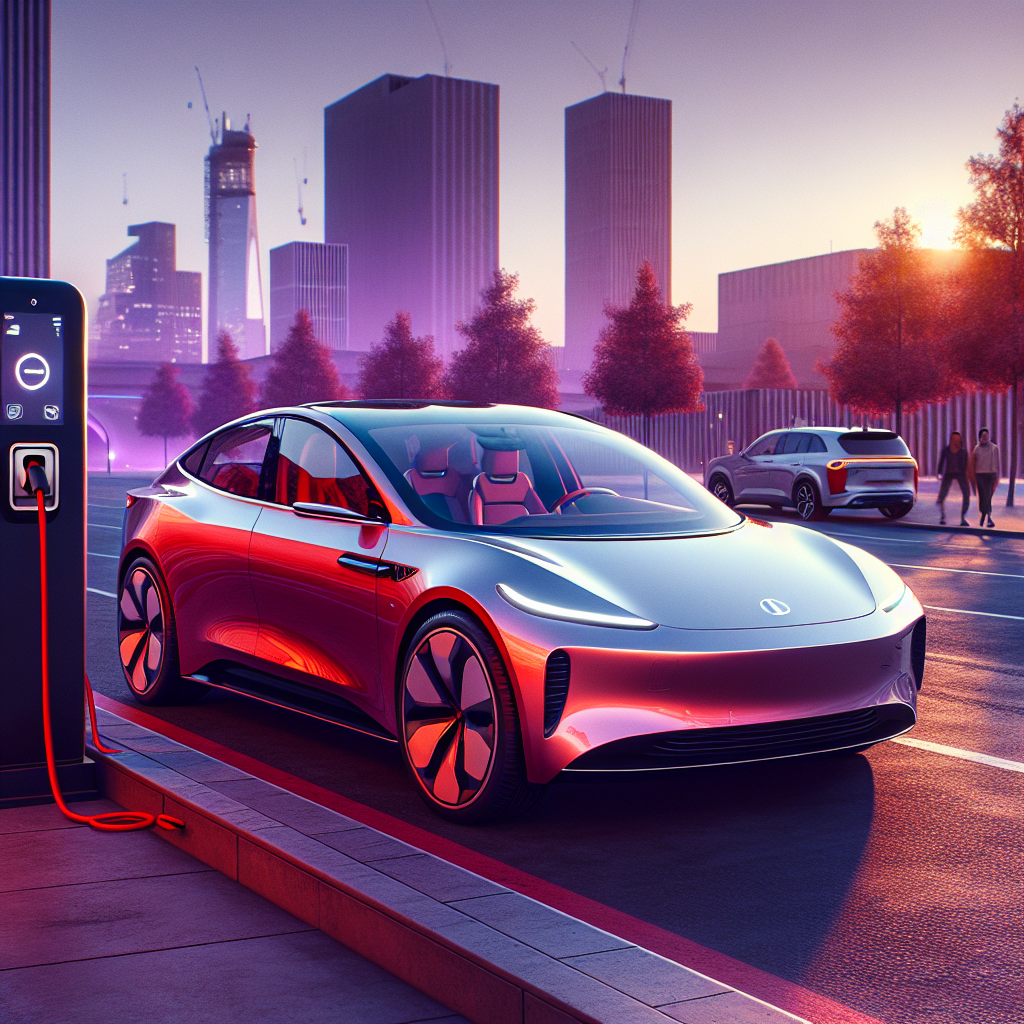Tesla's Bold Robotaxi Vision: The Future of Autonomous Transportation
Tesla unveiled its highly anticipated robotaxi, a driverless vehicle without steering wheels or pedals, at a Hollywood event. The company plans to release these AI-powered 'Cybercabs' between 2026 and 2027, alongside expanding Full Self-Driving technology to more vehicles. Challenges persist with safety concerns and political issues.

- Country:
- United States
Tesla introduced its much-anticipated robotaxi at a Hollywood studio, marking a new chapter in autonomous transportation. The vehicle, known as the Cybercab, lacks traditional steering wheels and pedals, relying wholly on AI technology. CEO Elon Musk announced that these futuristic taxis would be available by 2026.
Musk elaborated on the progress of their Full Self-Driving technology, which could soon allow users to travel while completely disengaged from driving. While Tesla aims to integrate this technology into its popular Model 3 and Model Y in the near future, concerns about reliability remain pervasive.
The event, dubbed "We, Robot," also introduced a new self-driving minibus capable of transporting 20 passengers. This unveiling comes as Tesla seeks to pivot its focus toward AI and robotics amidst struggles with its current vehicle lineup and political challenges tarnishing its brand.
(With inputs from agencies.)










